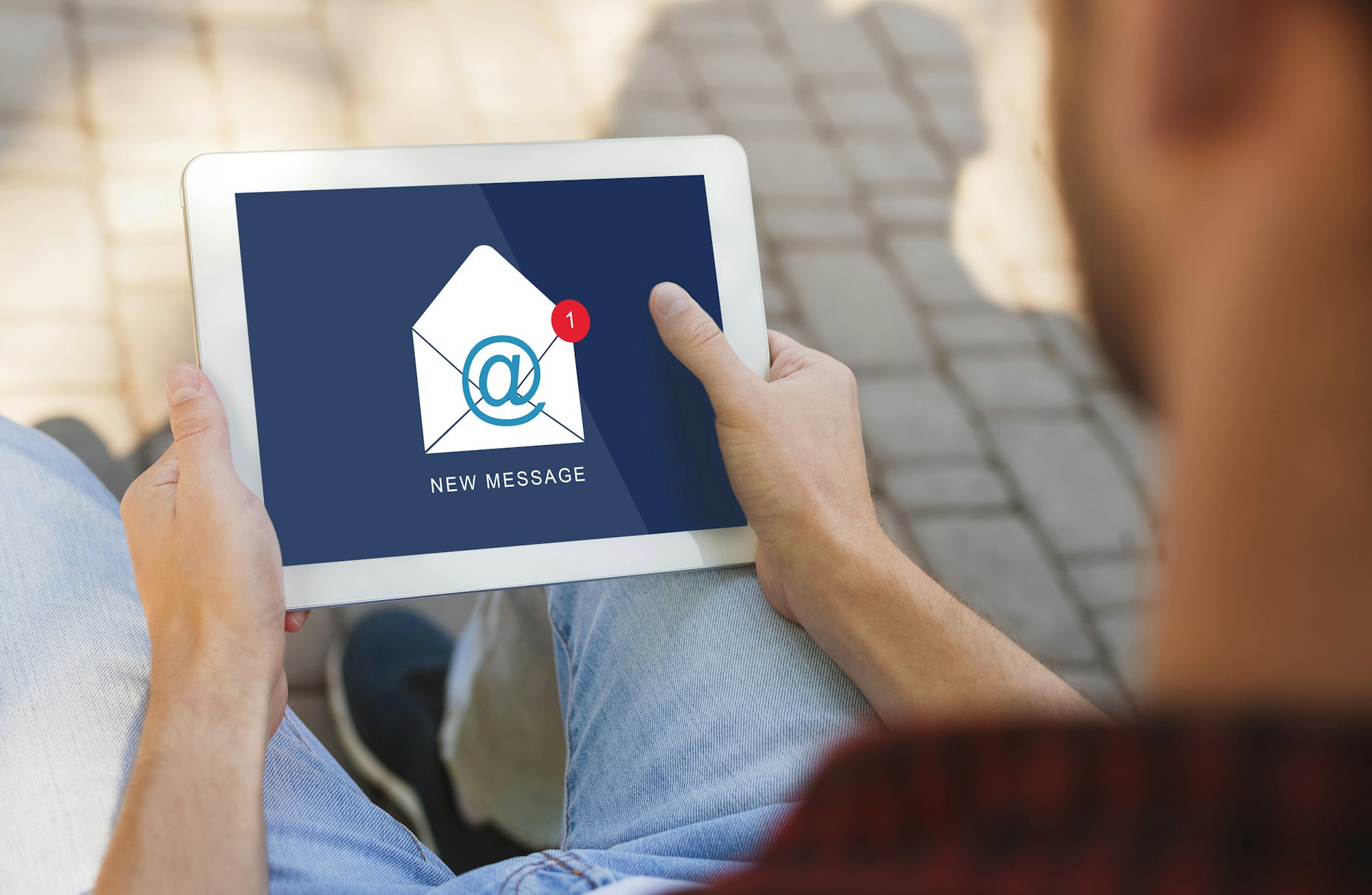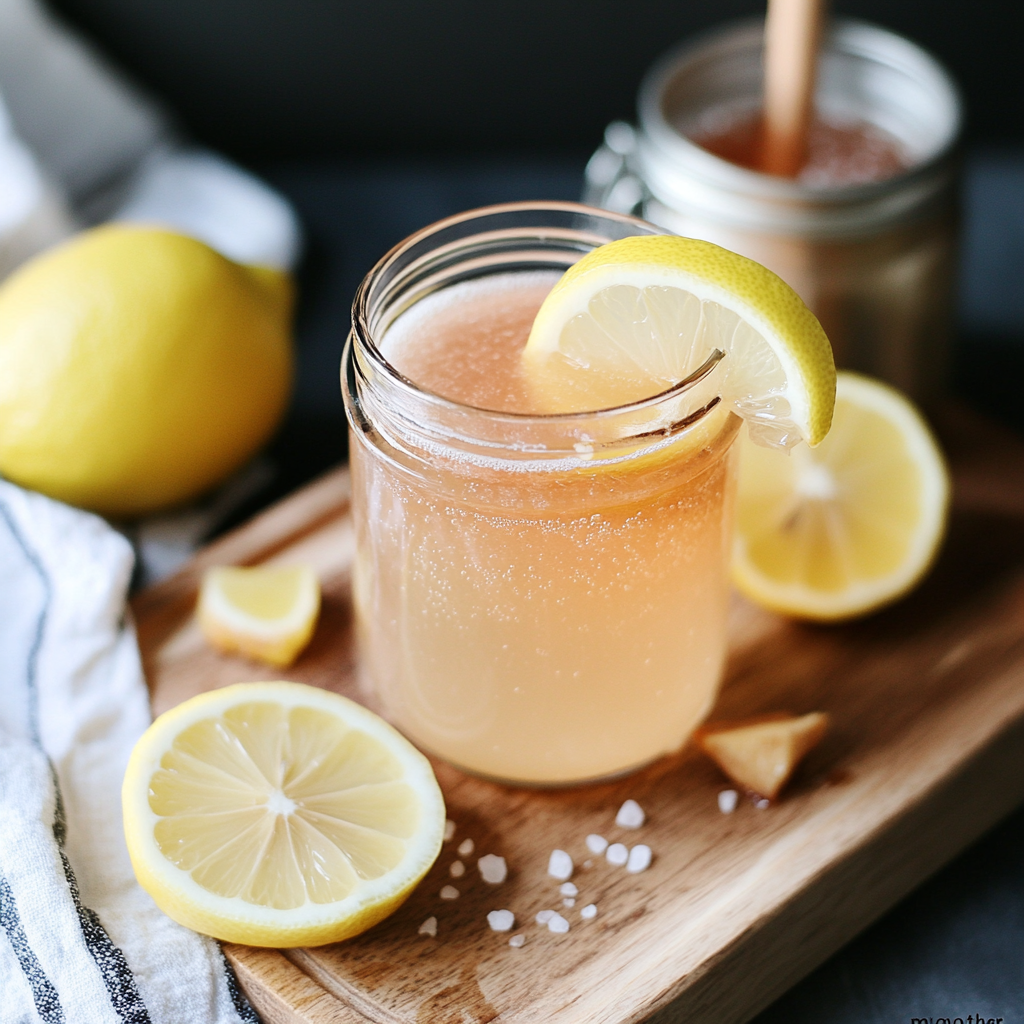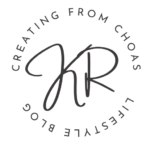Building a loyal readership starts with building an email list. Here’s a crash course to get you started:
1. Grow Your List:
- Offer Incentives: entice visitors with free downloadable content like ebooks, checklists, or cheat sheets in exchange for their email address.
- Signup Forms: Strategically place signup forms on your blog, like pop-ups, sidebars, and after blog posts.
2. Craft Engaging Emails:

- Welcome Sequence: Set up an automated email series to greet new subscribers, introduce your blog, and showcase your best content.
- Draft Structure: Here’s a basic email newsletter layout:
- Choose Headings Wisely: Headings draw attention and you want a heading to signify the most important parts of your newsletter. It also acts as a divisor between sections. So I’d use this section to capture your readers with a catchy heading.
- For Example: From “Procrastination Station to Productivity Paradise: Creating From Chaos Guides Your Journey“
- Create a cohesive look: choose consistent typography, colors, and spacing to give your email newsletters a consistent look. You will also want to include your logo and brand colors so the reader recognizes your post and doesn’t accidentally send it to spam.
- Subject Line: Keep it catchy and relevant (e.g., “5 Quick Hacks to…” or “Don’t Miss Our Latest Post!”).
- Personalization: Use a subscriber’s name in the greeting for a personal touch.
- Content: Highlight your latest blog post with a summary and eye-catching visuals but do not go overboard with visuals. Incorporate infographics and text/image overlays to get your point across and engagingly display information.
- Call to Action (CTA): Tell readers what you want them to do next (e.g., “Read More Here” or “Download Your Free Guide”).
- Resources to Use:
- Hoppy Copy: AI Headline Generator – Never used it but helpful source!
- CANVA: Can help generate blog graphics, infographics, newsletter layouts, etc.
- Constant Contacts: Another great platform for email marketing and growing your subscriber list.
- Choose Headings Wisely: Headings draw attention and you want a heading to signify the most important parts of your newsletter. It also acts as a divisor between sections. So I’d use this section to capture your readers with a catchy heading.
3. Content Strategy & Automation:
- Plan Your Week: Here’s a sample content calendar to streamline your workflow:
- Sunday: Publish new blog post
- Monday: Schedule social media posts promoting your new content.
- Tuesday: Create and send your email newsletter.
- Wednesday: Respond to comments and engage with your audience.
- Thursday: Research and brainstorm new blog post ideas.
- Friday: Analyze website traffic and social media insights to gauge audience interests.
- Automate Tasks: Use email marketing platforms like Mailchimp, ConvertKit, or ActiveCampaign to schedule automated email sequences, manage your subscriber list, and track email analytics.
4. Keep Readers Interested:
- Offer Exclusive Content: Provide subscribers with early access to new blog posts, exclusive discounts, or bonus content not available on your blog.
- Segment Your Audience: Categorize subscribers based on interests and tailor your emails accordingly for increased relevance.
Bonus Tip: Use tools like Canva to create high-quality visuals for your emails.
Remember: Consistency is key! Regularly send valuable content to nurture your audience and build a strong community around your blog.






